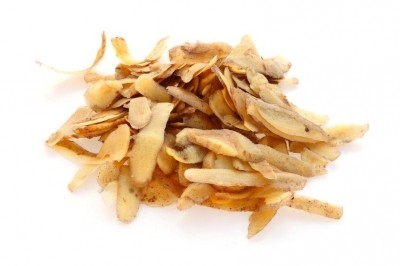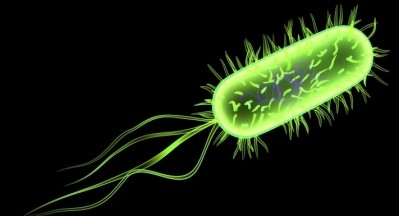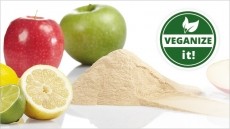Researchers target acrylamide reduction in potato chips

Acrylamide is a known neurotoxin and a suspected carcinogen, formed by a heat-induced reaction between sugar and the amino acid asparagine at temperatures above 120°C. The process - known as the Maillard reaction - is responsible for the brown colour and tasty flavour of baked, fried and toasted food.
The study focused on three potato varieties, Agria, Sante and Savalan, and two blanching conditions (75°C for nine minutes and 83°C for two and a half minutes).
In industrial production of potato chips, blanching is used as a common pre-treatment to extract reducing sugar in order to reduce browning, to inactivate enzymes such as polyphenol oxidase and to reduce the oil uptake by gelatinisation of the surface starch.
Blanching
Potatoes were washed, peeled and sliced by slicer on hand to sheets with 1.5mm thickness. Potato slices were rinsed and soaked in distilled water for one minute to eliminate surface starch. Blanching was done by immersing 100 potato slices in 10 litres of water.
Acrylamide content in Sante variety potatoes which contained the highest amount of reducing sugars was found to be the
highest. "However, Savalan containing the highest asparagine concentration showed the least amount of acrylamide due to its lower reducing sugars content," the researchers state. This was shown to be true for both control and blanched samples.
"Blanching was found to reduce acrylamide formation and was more efficient at 75°C for nine minutes, resulting in an average reduction of 74%."
Frying temperatures
The effect of three frying temperatures (170, 180 and 190°C) on acrylamide formation was also studied just for the Agria potato variety. 20 potato slices were fried in a fryer containing five litres of oil.
After frying they were cooled to room temperature and stored in -20°C for further analysis. Blanching and frying temperature combinations were selected after having a consultation with Iranian potato chips producers and based on preliminary experiments. Acrylamide content was analysed using gas chromatography-mass spectrometry.
Increasing frying temperature led to significant increase in acrylamide formation.
Overall, the paper concludes that combination of a suitable potato variety and appropriate process conditions could considerably reduce acrylamide content.
Source: 'Acrylamide reduction in potato chips by selection of potato variety grown in Iran and processing conditions'; Journal of the Science of Food and Agriculture; April 11; DOI: 10.1002/jsfa.6076
Authors: Saeedeh Shojaee-Aliabadi, Hooshang Nikoopour, Department of Food Science and Technology, National Nutrition and Food Technology Research Institute, Faculty of Nutrition Science and Food Technology Shahid Beheshti University of Medical Sciences, Tehran, Iran; Farzad Kobarfard, Department of Medicinal Chemistry, School of Pharmacy, Shahid Beheshti University of Medical Sciences, Tehran, Iran; Mahdi Parsapour, National Nutrition and Food Technology Research Institute, Faculty of Nutrition Science and Food Technology Shahid Beheshti University of Medical Sciences, Tehran, Iran; Maryam Moslehishad, Department of Food Science and Technology, Faculty of Agriculture and Natural Resources, Science and Research Branch, Islamic Azad University, Tehran, Iran; Hassan Hassanabadi, Seed and Plant Improvement Institute, Ministry of Jihad-E-Agriculture, Tehran, Iran; Jesus M Frias, School of Food Science and Environmental Health, Dublin Institute of Technology, Dublin, Ireland; Maryam Hashemi, department of food science and technology, National Nutrition and Food Technology Research Institute, Faculty of Nutrition Science and Food Technology Shahid Beheshti University of Medical Sciences, Tehran, Iran; Ezzat Dahaghin, Department of Medicinal Chemistry, School of Pharmacy, Shahid Beheshti University of Medical Sciences, Tehran, Iran
Contact: f_fubwnrr@aasgev.np.ve























